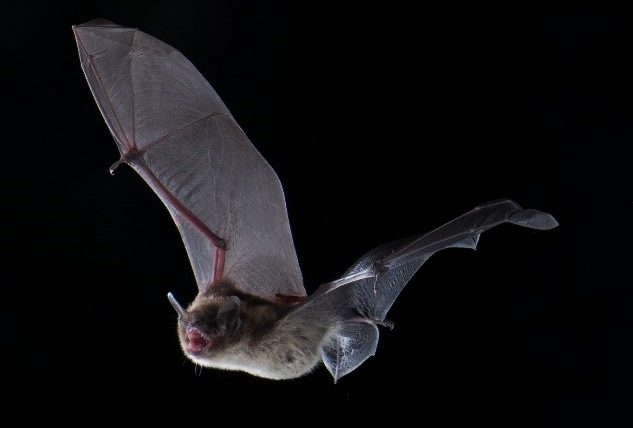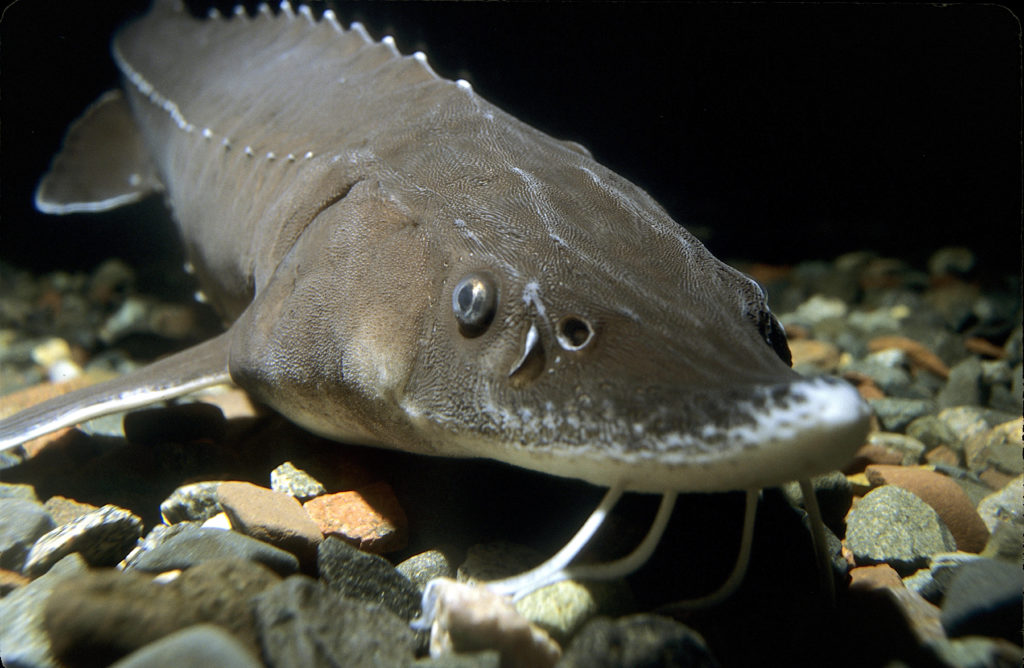Canada’s (not actually) creepiest at-risk creatures
For Halloween we’re exhuming some scientific facts about Canada’s spookiest species. But don’t judge a bat by its blood-sucking — these creatures are fundamental to our ecosystems. What’s really spine-chilling is that all of these are considered at risk of extinction in Canada.

Little brown bat
Bats have been incorrectly portrayed as scary, blood-sucking rodents that attack humans. Thing is, they’re adorable, aren’t related to rodents, and only three bat species drink blood (none in Canada). As the only mammal to have evolved the ability for constant flight, bats actually do their best to avoid people by using echolocation to prevent flying into any obstacles. (Yes, including your hair!)
Bats are also extremely beneficial to the environment. Insectivorous bats found in Canada, such as the little brown bat, are major predators of night-flying insects like moths, beetles and midges. The little brown bat has suffered massive declines in population in recent years due to an infection called white-nose syndrome. This bat was emergency listed as Endangered under Canada’s Species at Risk Act (SARA) in 2014, one of only three species to ever receive such immediate protection.
Wolverine
Their sharp teeth and strong claws may make them seem like an animal you wouldn’t want to encounter in the woods. But Wolverines are shy and fearful of humans, so you probably won’t ever see one out and about.
In Canada, wolverines can be found across the Arctic region living in dens made of rocks and snow. They are considered Special Concern under SARA, as declines have been reported in the southern parts of their range. They are threatened by increasing habitat fragmentation and climate change, and they are sensitive to human disturbance. To a wolverine, we’re the scary ones.

Lake sturgeon
Sturgeon are some of the most bizarre looking fish in the world! Covered in scutes (kind of like horns) instead of scales, they’re one of the largest freshwater fish in Canada — over three metres in length — and can live up to 100 years. They’re part of a family of fish that has existed, and has changed very little, since the time of the dinosaurs.
Many lake sturgeon populations are considered endangered in Canada due to past commercial fishing and more recently habitat loss and fragmentation, and degraded water quality.
Fowler’s toad
Nothing screams Halloween more than the thought of toads, a key ingredient in many fictional witches’ brews. But as with the rest of this list, the actual toil and trouble comes from us. Frighteningly, Fowler’s toads are found in Canada in only three locations along the shoreline of Lake Erie. They’re threatened by habitat loss, sensitive to pesticides both as tadpoles and adults, and are considered endangered in Canada.

